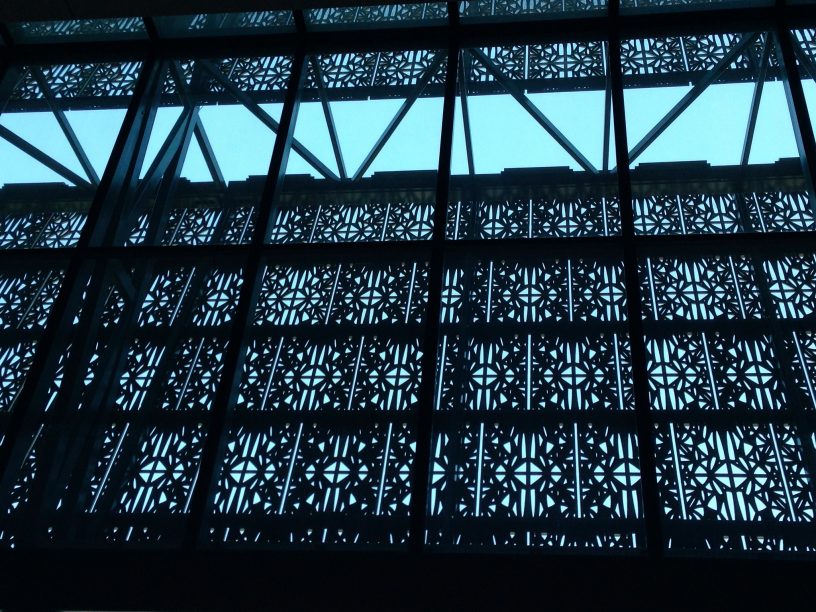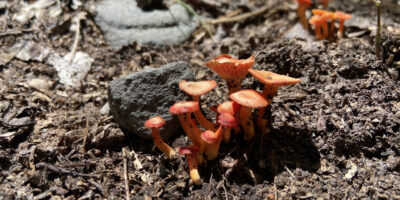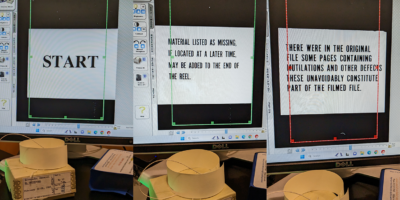By Prithi Kanakamedala
In Spring 2017, thanks to a generous CUNY Academic Commons (CAC) Faculty Fellowship, I was able to combine a number of scholarly and pedagogical interests in my HIS 37 African-American History class. HIS 37 is a one-semester survey course that is both writing intensive and an elective, and had been on a college curriculum hiatus for some time as it was being reorganized for Pathways. The timing of its reintroduction meant I could bring together my interests in material culture, public history, and digital humanities supported by the CAC fellowship and BCC’s generous funding of a day-long class field trip to the National Museum of African American History and Culture (NMAAHC), Washington, DC.
Proposed and Actual Use of the CUNY Academic Commons
At the beginning of the semester I had intended to use CAC both
- as a course site where students could interact with one another as they analyzed a range of visual-based primary sources,
- and to produce collaborative digital exhibits as part of their final projects.
The course site did not materialize, mostly due to a lack of time on my part, but also because it became increasingly apparent between the logistics of the NMAAHC trip, setting up the use of the museum’s app on the History department’s tablets in-class, the students’ final projects being published to CAC, and the usual pressure of community college teaching (surveying 400 years of history in 16 weeks while developing student reading and writing comprehension in an oversubscribed class) there were just too many moving parts.
Using CAC for the students’ final projects was far more seamless. In all of my classes at BCC, I’ve replaced the traditional research paper with a digital project as I’ve found it has a number of positive outcomes. Usually, at least once a semester, a potentially brilliant student tells me (hesitantly) that they’ve always hated History, the discipline is not for them, and that the memorization of dates and names have little to do with their academic/ professional future. I take this concern seriously as it reveals a great deal about the state of our profession and the way in which the historian’s craft has not been made clear to them. As a result, students have worked together to produce collaborative digital exhibits and have published to tumblr, wix, blogspot, and digication’s ePortfolio. I have found, in line with other research, that students are known to produce higher quality work under peer review; they develop a more sophisticated sense of why they’re including visual-based primary sources as part of their context and analysis, rather than using images as self-explanatory props to their writing; and they often produce better argument-driven writing (as opposed to encyclopedic factual recall) as they carefully craft their introduction and thesis, because they can clearly see that that is the first thing readers see above the fold.
I was excited by the possibilities of CAC for the following reasons:
- It belongs to the CUNY community which addresses major propriety issues, and offers students a level of public/ private control over their work,
- WordPress is relatively intuitive,
- It displays seamlessly on the tablets the department was able to provide to students, or on mobile devices where the majority of BCC students do their work off-campus (our department had also recently worked with campus IT and BCC’s Center for Teaching, Learning, and Technology to ensure good wifi access in the classroom)
The bonus was of course the invaluable support provided by Luke Waltzer, Laurie Hurson, and Michael Branson Smith throughout the semester.
Students Final Projects
From the first week of class, students used the NMAAHC app on department tablets to complete smaller object analysis assignments. About a month and a half into the semester they were placed into groups of 4 for their final projects, where they doubled up as historians and project collaborators. Before spring break we visited the museum as a class. And during finals week, each group sent me a site link for final grading.
For example, Group 1 looked at Slavery and Freedom (which is the first exhibit gallery visitors see at NMAAHC) and did the following work:
- Student A researched and wrote about cowrie shells and served as Project Manager for the group,
- Student B researched and wrote about a slave cabin and served as the tech person (that person set up the CAC site for the group, oversaw site look and feel, and uploaded each group member’s work. This was an effective use of both my own and my student’s time, as there was only one contact person per group and I was able to spend more time on each site),
- Student C wrote about an anti-slavery activist’s bible and fact-checked the group’s work,
- Student D wrote about a blacksmith’s drill and edited each student’s work,
- Together they wrote an exhibit introduction and published it to the site’s homepage.
This allowed students to peer review each other’s work but also developed their transferable skills as they learned to work with one another in a similar way to how a number of professional public history and digital humanities projects are delivered in the real world. Overall, my students handled a new platform such as CAC incredibly well, and suspect part of their enthusiasm was inspired by the trip to NMAAHC and because CAC was relatively easy to use.
I did have a very positive experience using CAC, but did encounter the following problems:
- Due to campus resources, our computer lab needs to usually be booked the semester before. This meant I was unable to secure a room on campus at the beginning of the semester and had to sign up students either on department tablets or in my office.
- Student sign up to CAC was pushed back as the course pace had to be adjusted for the needs of the class and one tech person had to swap with another group member as their BCC emailed address was not recognized.
- A template that faculty could create and students could base their projects on would be incredibly helpful, especially as students seemed to want to use plugins but then became overwhelmed by choice.
- As I used Blackboard for grades, students naturally went to BB for course information and materials. It therefore made the idea of a CAC group and site somewhat redundant. However, as the purpose of the CAC course site/ group is to create an online community and allow students to interact with one another, this was addressed by the fact that the students had bonded in real life both on the day-long bus journey to NMAAHC and through their group projects, which meant more to me as an educator.
I very much intend to use CAC again in my classes this fall especially as I’ve had the summer to prep and revisited what worked and what I might do differently. I’ve already addressed my first hurdle and students will be signing up in the second week of classes this fall at the computer lab on campus. I am looking forward to see what they produce both for their class and the wider CUNY community.
Prithi Kanakamedala is an Assistant Professor of History at Bronx Community College.









Leave a Reply